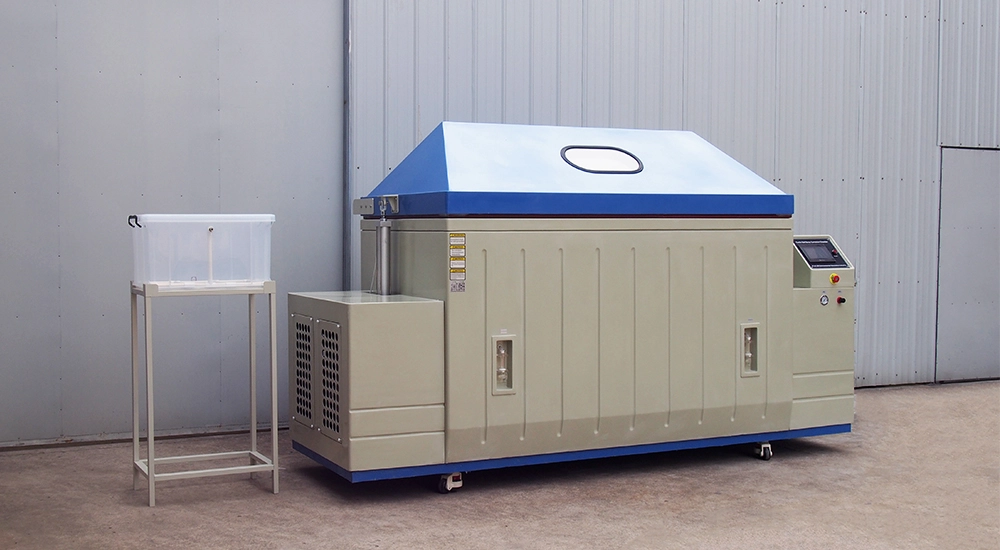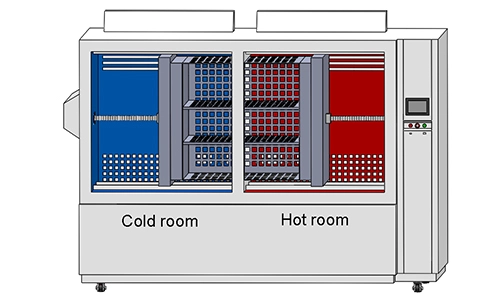

In the field of material science and accelerated aging studies, the Xenon Arc Chamber has emerged as a vital tool. This remarkable equipment imitates the effect of sunlight exposure, allowing scientists and researchers to understand the effects of weathering and aging on various materials. In this blog, we will explore the working principle of Xenon Arc Chambers, shedding light on the fascinating world of accelerated testing.
Before diving deep into the working principle, let's take a closer look at what exactly a Xenon Arc Chamber is. It is an advanced piece of equipment used for simulating environmental conditions such as light, temperature, humidity, and rain. By utilizing powerful xenon lamps, this chamber reproduces the full spectrum of sunlight, making it capable of accurately replicating the effects of outdoor weathering on materials. This makes it an indispensable tool in industries like automotive, aerospace, textiles, and plastics.
The working principle of a Xenon Arc Chamber involves several crucial factors. First and foremost, the xenon lamps generate intense light output similar to sunlight. This light is then filtered through optical filters to recreate specific regions of the solar spectrum. The chamber also includes a temperature control system to maintain a consistent temperature during the testing process. Additionally, a humidity control system ensures that the testing environment stays within the desired humidity range.
Once the test specimen is placed inside the chamber, it is subjected to a cyclic exposure to intense light, temperature fluctuations, and controlled humidity levels. This accelerated aging process simulates years of exposure in a significantly shorter period. By monitoring and studying changes in the material properties, researchers can gain invaluable insights into durability, color fading, physical degradation, and other crucial aspects.
Xenon Arc Chambers find a wide range of applications in various industries. One of the primary uses is in the automotive sector, where these chambers assist in assessing the durability and resistance of materials used in vehicle interiors and exteriors. This helps manufacturers develop more robust and long-lasting components. Additionally, the chambers are extensively utilized in the construction industry to evaluate the performance of building materials under different weather conditions, ensuring their suitability for long-term use.
The benefits of Xenon Arc Chambers extend beyond product development. By conducting accelerated aging tests, manufacturers can predict the lifespan of their materials, thus preventing premature failures and reducing warranty claims. This, in turn, improves customer satisfaction and helps build a reputation for reliable and durable products.
In conclusion, Xenon Arc Chambers play a crucial role in understanding the effects of weathering and aging on various materials. By accurately replicating sunlight exposure, they allow scientists and researchers to evaluate the durability and performance of different products under accelerated conditions. With its wide range of applications and undeniable benefits, the Xenon Arc Chamber continues to be a cornerstone in the field of accelerated testing.
 English
English русский
русский français
français العربية
العربية Deutsch
Deutsch Español
Español


